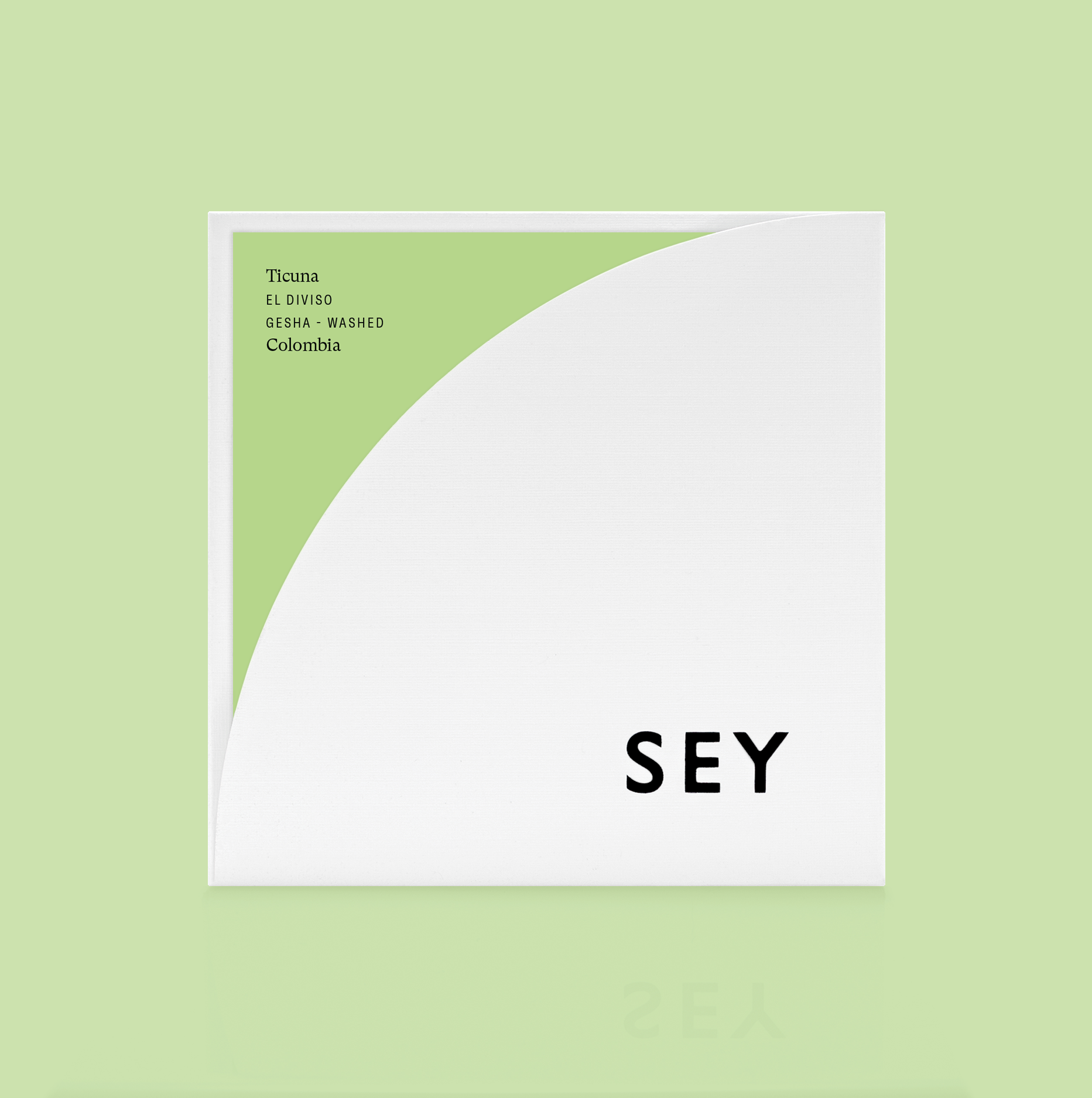
We are humbled to be entrusted to roast the very first exportable harvest of this variety separation from a very exciting project that has been years in the making. In the cup we find a delicate, yellow florality, excellent sweetness of blueberry pastry, and a ripe, peach-like complexity.
First Roast: 03/02/2021
Gesha
Las Mercedes, Garzón, Huila
1,900 - 2,020 masl
October - November, 2020
Hand picked at peak ripeness. Floated to further remove defects. Depulped. Dry fermented for 24 hours. Dried on shaded raised beds for 30 days.
ABOUT TICUNA
We could not be more proud of Kyle and José. We have watched since the beginning as this project has developed and grown. Not only is it difficult to produce coffee of this quality, but the varieties they have chosen are among the most difficult varieties to grow anywhere. This is quite literally a dream come true for anyone that is interested in terroir and varieties. To have Kyle and Jose’s lineup of coffees to taste next to one another is an extraordinarily rare thing, and a true highlight of our coffee careers. Kyle and José—we lift a glass to you, and to all of the dedication and hard work it has taken to make your dream a reality!
ABOUT GESHA
Gesha was originally collected from coffee forests of Ethiopia in the 1930’s. From there it was sent to the Lyamungo Research Station in Tanzania, and then brought to Centro Agronómico Tropical de Investigación y Enseñanza (CATIE) in Central America in the 1953. Upon arrival it was logged as accession T2722. There remains significant confusion about Gesha because there are multiple genetically distinct plant types that have been referred to as Geisha or Gesha; many of which share similar geographic origins in Ethiopia. Recent genetic diversity analyses conducted by World Coffee Research confirm that the Panamanian Gesha descendent from T2722 is distinct and uniform. The Gesha variety is associated with extremely high cup quality when the plants are grown at high altitude and properly managed. Gesha is known for its delicate floral, jasmine, and peach-like aromas.
Pricing Details
Farm Gate (Local)
5MM COP/CARGA
Farm Gate (USD)
$14.70/KG
FOB
$19.16/KG
FOT
$22.02/KG
The cost of getting a coffee from cherry to beverage varies enormously depending on its place of origin and the location of its consumption. The inclusion of price transparency is a starting point to inform broader conversation around the true costs of production and the sustainability of specialty coffee as a whole.